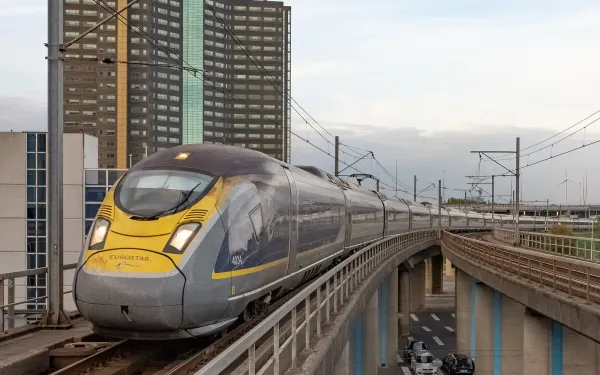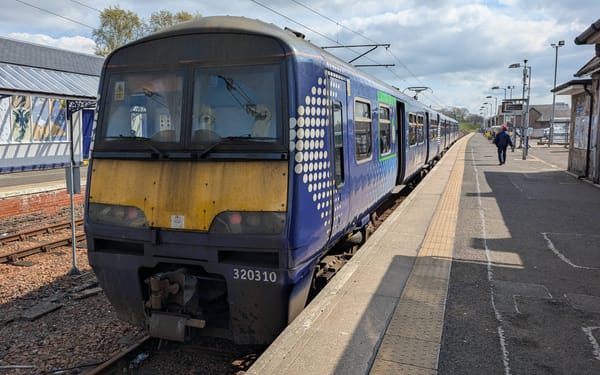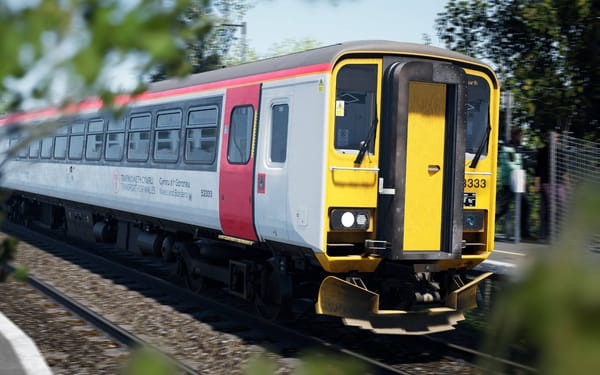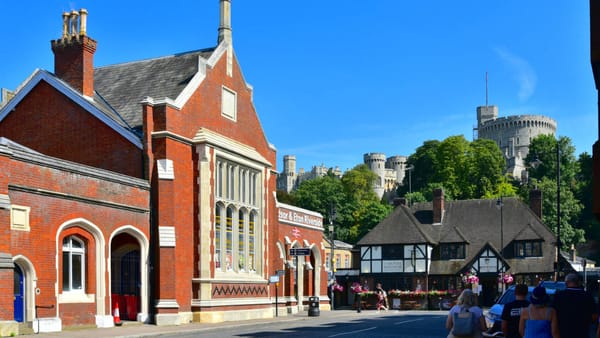The Elizabeth Line, London and Crossrail in 2023
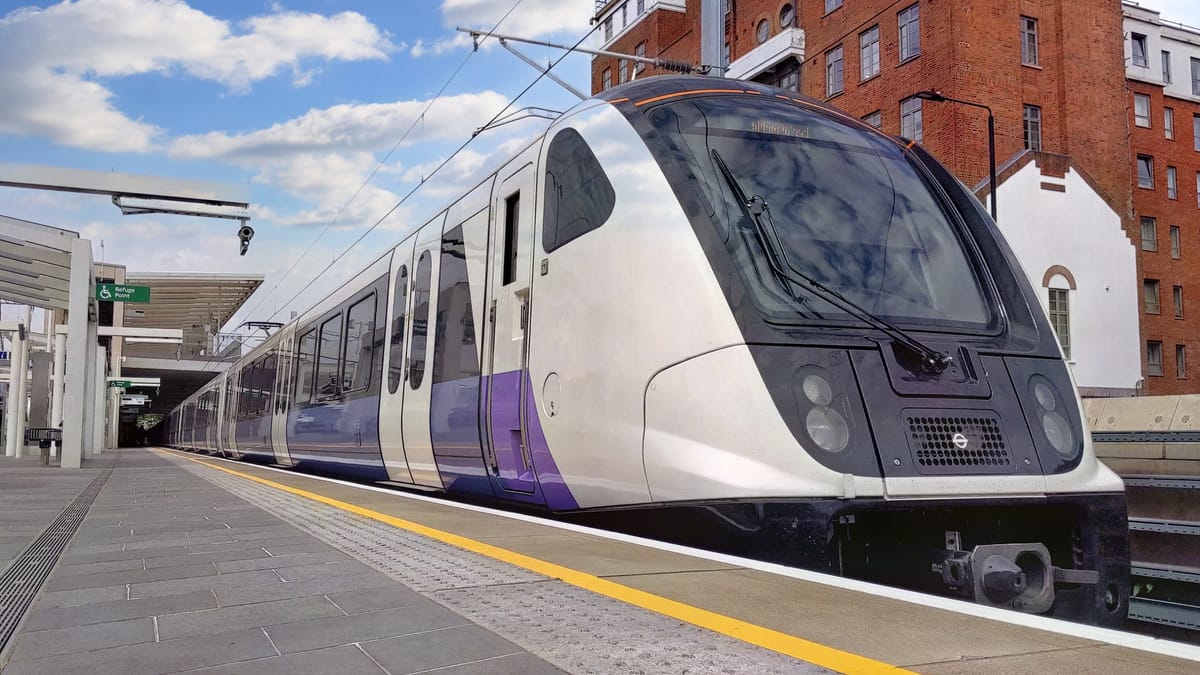
The Elizabeth line — over a decade in the making — is a sizeable addition to Transport for London's portfolio of railway and metro services. The core section of the line from Paddington to Abbey Wood opened for revenue-earning service in May 2022, but Crossrail (as the project is officially called) has been operation for much longer. So, why don't we delve into the journey of the Elizabeth line?
This video is hosted on YouTube. By playing it, you agree that YouTube may set third-party cookies.
Accept & playThe line has opened incrementally over the last year, beginning with the core section, which runs between Paddington and Abbey Wood. This, however, excluded Bond Street, which opened in autumn of that year. Progress at Bond Street was disrupted by a handful of issues, including tunnelling issues and the departure of a key contractor as a consequence of the pandemic. Through-running services were subsequently introduced, travelling from the west branch to the east branch, via the core section, and vice versa.
But the Elizabeth has really been in service long before 2022, sort of. I say "sort of", because it was operated under the TfL Rail brand. This was the case from May 2015, when MTR Corporation (the same company that operates the Mass Transit Railway in Hong Kong) took control of the metro train service between London Liverpool Street and Shenfield. This stretch of track later became the eastern branch of the Elizabeth line.
From June 2017, the eastern branch was home to newly-delivered Class 345 Aventra units. These then found their way onto the western branch (Paddington to Heathrow, Reading) from July 2020. When the core section of the Elizabeth line was launched, these branches took on the Elizabeth line name and branding. Numerous existing stations were upgraded to accommodate step-free access from the platform to the street. Meanwhile, the core section and Heathrow stations, were built with step-free access from the train to the street.
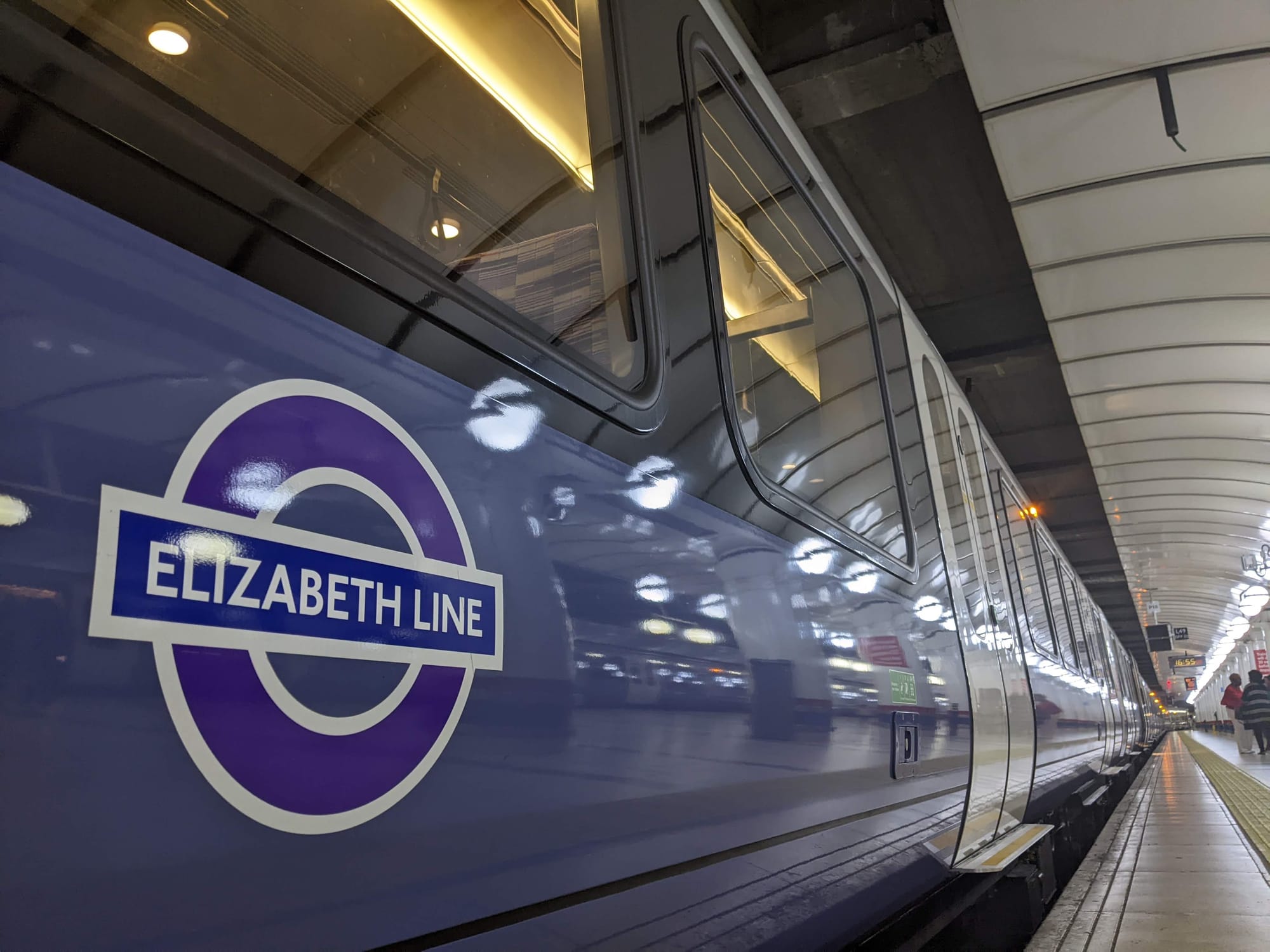
Between Paddington and Abbey Wood is a plethora of exceptional architecture, with each station's design subtly inspired by the local area. The Elizabeth line's futuristic character is particularly prominent in the extensive tunnels and spacious walkways and platforms. I recommend the Design & Architecture series of videos published by the Crossrail Project for more insight. In my mind there is no doubt that the top priority for the Elizabeth line was capacity; we can see this reflected in the rolling stock, too.
The Class 345s have up to nine cars per unit, stretching over 200 metres in length. The platforms are exceptionally long to accommodate this. So, if you've got somewhere you need to be quickly, it really does matter which end of the train you board. These trains have been built for the National Rail network, yet are being operated, impressively, as a metro service. When I visited in 2022, there was a dense timetable in operation with trains arriving every five minutes. These are now even more frequent.
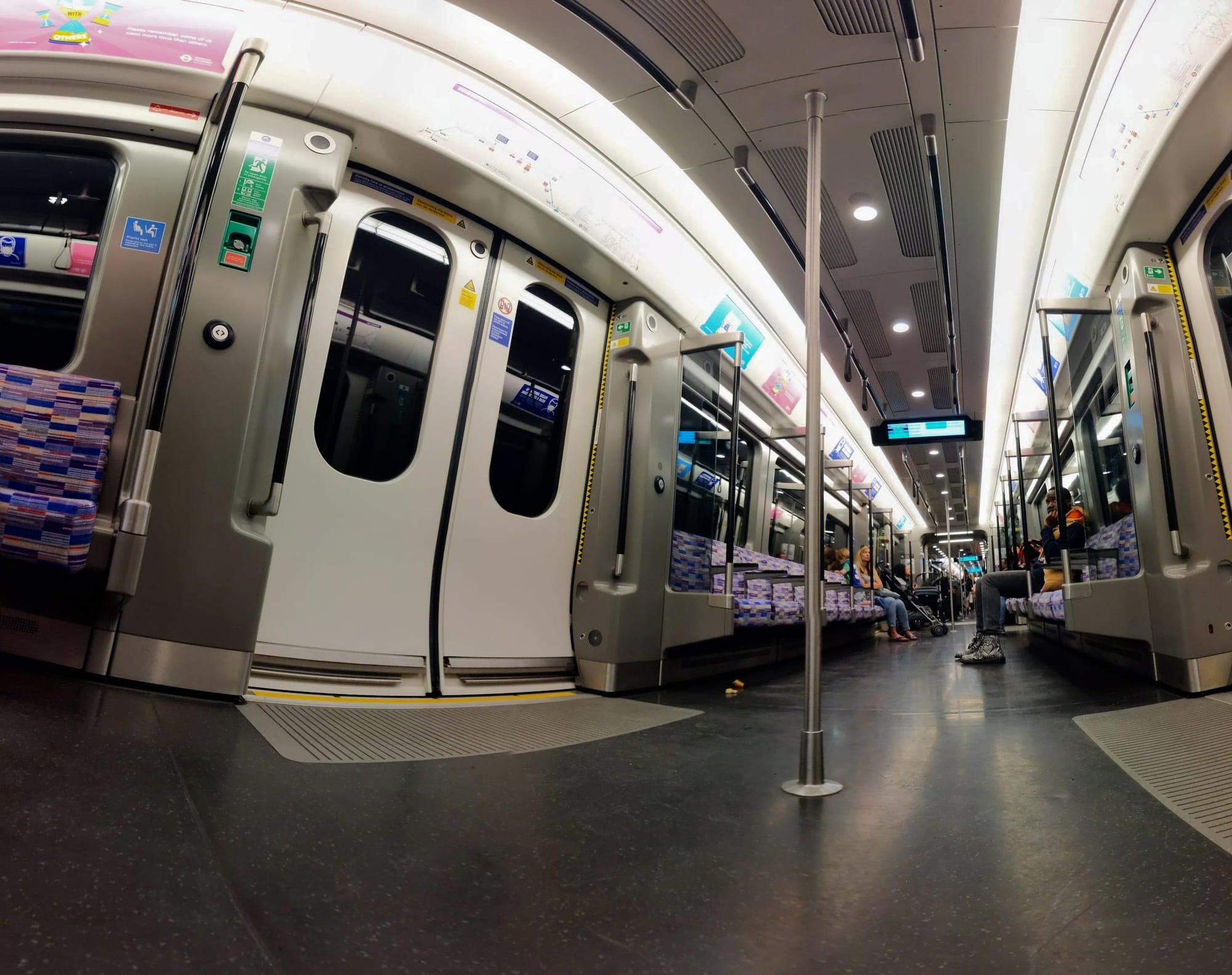
On board the Class 345s is what we have come to expect from new commuter trains in the UK. That includes air conditioning, digital passenger information screens (PIS), transverse and longitudinal seating, and designated wheelchair and accessible areas. At each station, above the platform edge doors, are more digital displays with information about the current service. Having the screen doors offers peace of mind on a busy railway network.
On the whole, there is a lot to like about the Elizabeth line. But what struck me when I rode the line for the first time was its speed. It's quick. The Aventra's acceleration is impressive and it was even more noticeable when you are underground and departing a station in the core section. It is only...
- 30 minutes from Abbey Wood to Paddington,
- 35 minutes from Heathrow to Paddington, and
- considerably cheaper than the Heathrow Express (£12.70 cheaper, as of writing).
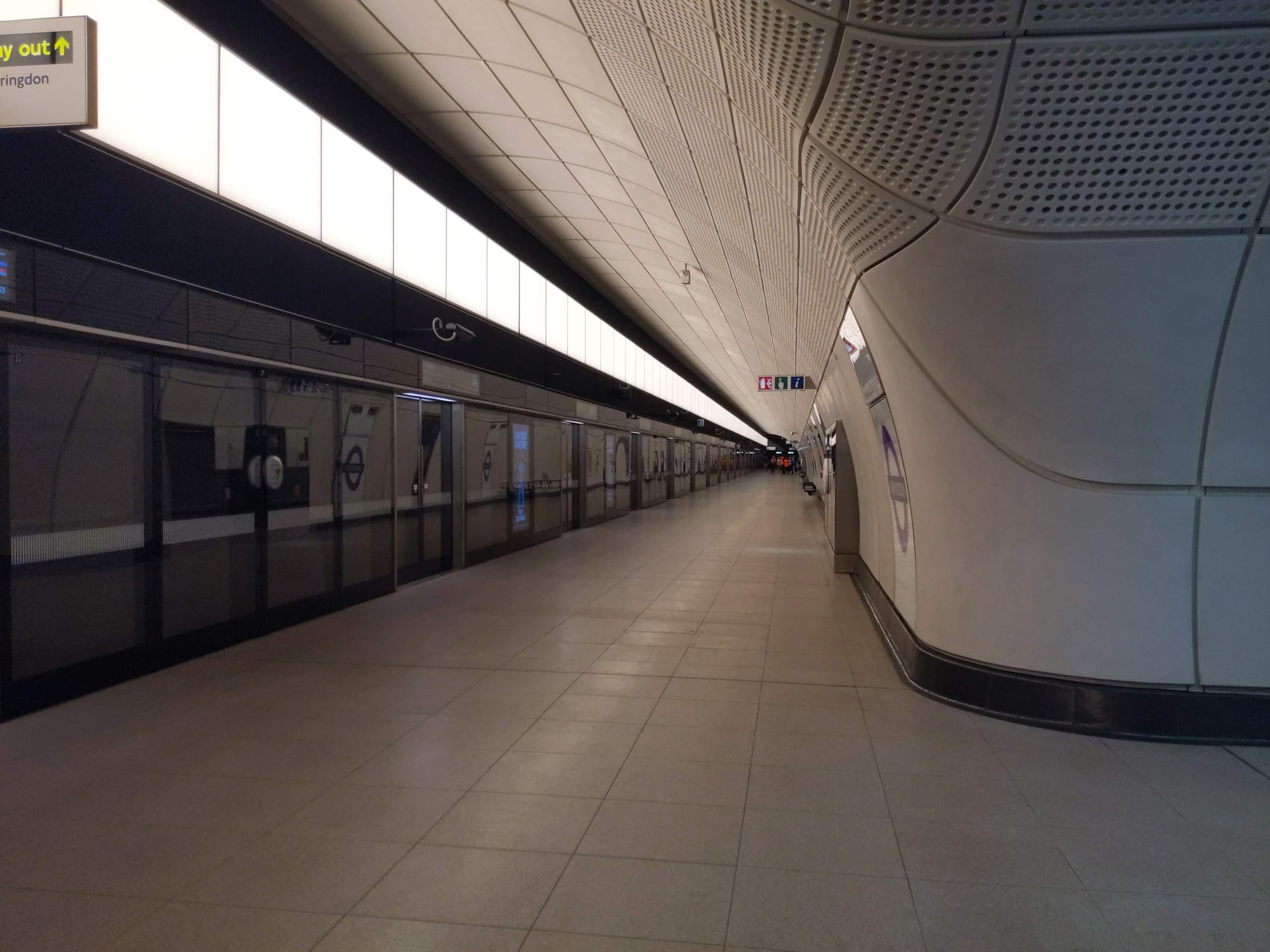
The roll-out of the full timetable marked Crossrail's final major milestone. This has been in operation since May 2023, therefore concluding the Elizabeth line journey. And it has certainly been a long journey — not the smoothest process — that saw no shortage of setbacks and delays. That is, admittedly, typical for the railways in Britain, mind you. Though London now boasts a fantastic east-to-west railway fit for the commuters of the capital.


